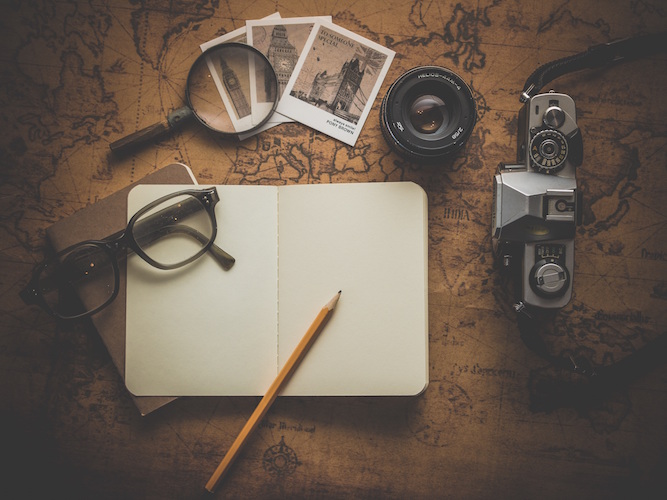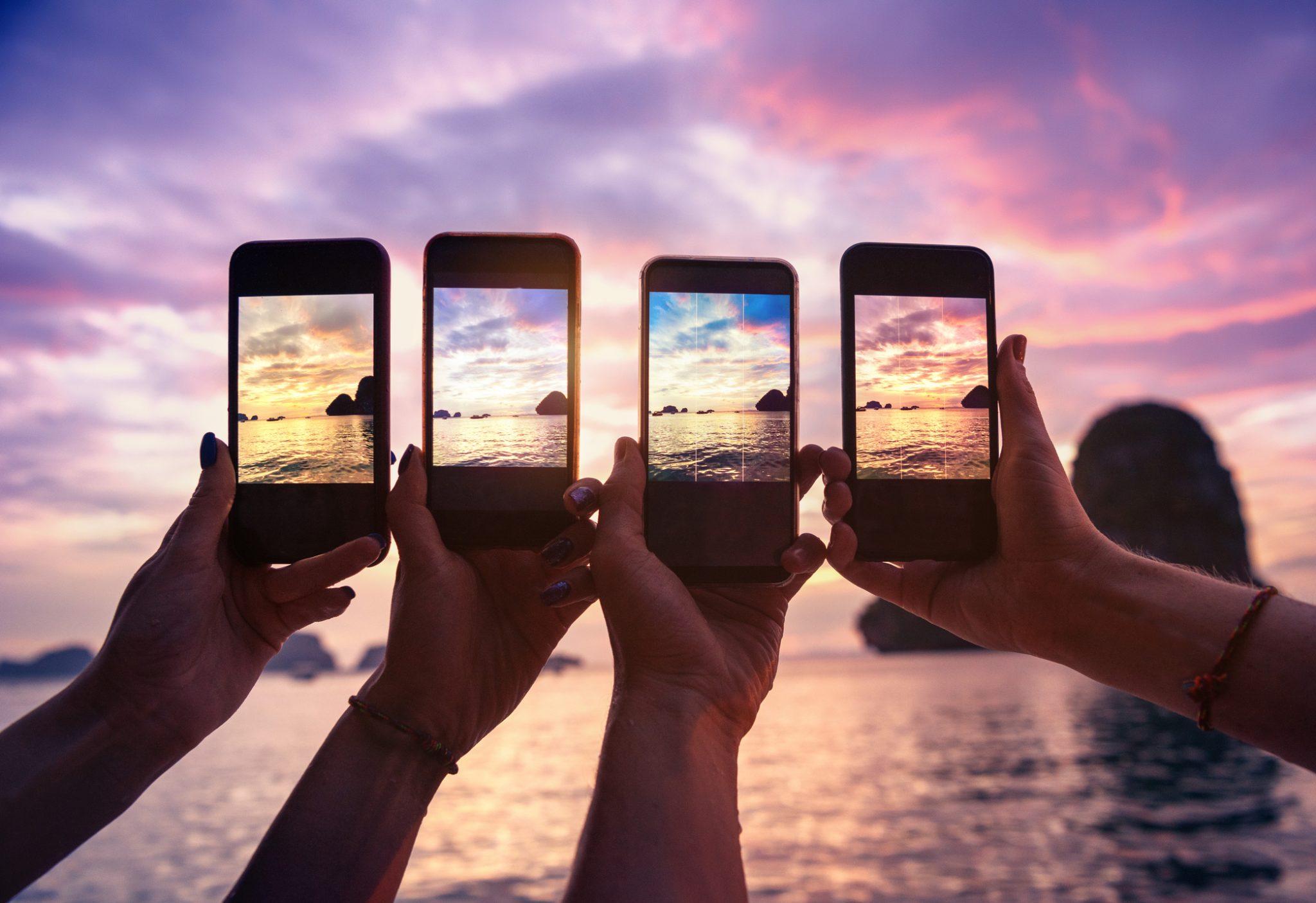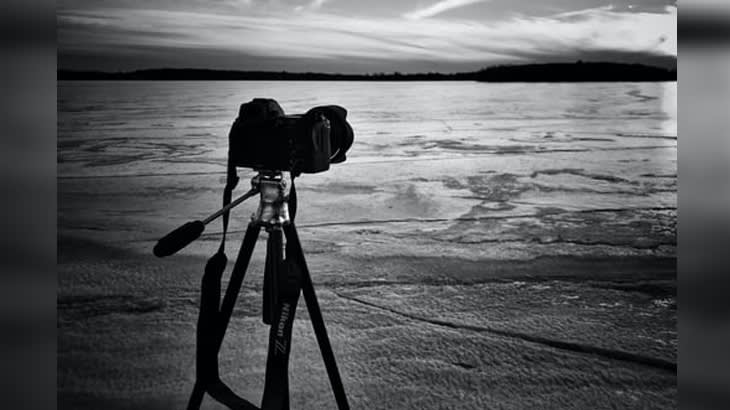
It is important to determine which camera lens is best for you before shopping. Take into account what you are looking for in a lens as well as its features. Next, consider the price range. There are many options available to you. You can shop online to find the best deals even if your budget is tight.
Images taken with a camera lens
Images taken with a camera lens are unique in a few ways. A camera lens can not see all the objects, but it can capture details. Second, a photographer can change composition simply by moving around within a scene. Even a small shift in camera location can make a huge difference in quality.
Lenses also have different focus methods. Some lenses feature an autofocus feature, while others are manual. Manual focus requires more skill, and is best for low-light situations.

Camera lens prices
Camera lenses can range in price from a few dollars up to thousands of dollars. A Yongnuo YN 50mm f/1.8 lenses can be purchased for $50 on the second-hand market, while the Sigma APO 200-525mm f/2.8 EX DG lens costs almost $26,000. Most photographers can't afford these expensive lenses.
A camera lens's price range will depend on its quality and specifications. Telephoto lenses are typically more expensive than general-use lenses because of their long focal length. To increase your chances of capturing sharp images in low lighting, you might also consider purchasing a tripod.
The features of a camera lens
Aperture, also known as the size of the aperture in the lens, should be considered when purchasing a lens for your camera. This determines how much light can be absorbed by the lens. A large aperture allows more light into the lens while a smaller aperture permits less. Amount values can be expressed as f-stops.
Image stabilization is an important feature. However, it can cause battery drain and be very power-intensive. The front bezel of most lenses has a filter thread. These are great for darkening or tinting images. The sizes of threaded filter are usually different. In general, the size will look like an O.

Budget-friendly buying of a camera lens
Second-hand lenses can be great for those on a budget. Used lenses are usually more affordable than new ones, and it's easy to check their condition. Although the majority of people will check the front for scratches and damage, the rear element is just the same for durability. Also make sure the zoom rings and focus work.
Renting the lens is another option. LensRentals, a site that rents camera lenses, is one example. The site is easy-to-use and includes filters to help narrow down your search. The site lists prices by condition. Prime lenses are available at a fraction of the cost. However, some prime lenses can provide excellent image quality.
FAQ
What can I do to improve my photography skills with my phone?
You don't need expensive equipment to take great photos! Amazing images can be captured with a smartphone.
You just have to know how to use all its features and learn some basic techniques.
Many apps are available for iOS and Android that allow you to easily edit and share photos.
Here are five tips to help get you started taking better photos.
-
Set Up Your Camera App. Your device should already have your camera app installed. If it is not installed, you can download it from Google Play.
-
Use effects and filters. Effects and filters allow you to alter the appearance of your photos without needing to touch them.
-
Adjust the exposure. You can adjust exposure to alter the brightness of your image.
-
Photograph in the Right Light Photographing in bright lighting makes it easier for you to see details within your subject. Shooting in low light conditions lets you capture the shadows and highlights in your image.
-
Take Pictures of People. Take pictures of people to show them what you love the most.
For more information on how to take better photos, read our article: 5 Tips to Improve Your Photography Skills With A Smartphone
Which Lenses Should I Use?
Most beginners will ask this question: "Which lens should I buy?" The choice is difficult because of the many options.
The good news is that you don't necessarily need to buy a new lens every time you purchase a new camera. You can simply add lenses later.
For starters, here are three types of lenses you might want to consider.
-
Wide Angle Lens: 14mm - 24mm: These lenses provide a wide angle of vision, which allows you to capture more details of your subject. Zooming in can be done without affecting image quality.
-
Standard/Normal Zoom Lens (28mm-70mm): These lenses let you change the focal length while still maintaining excellent image quality.
-
Telephoto Zoom Lens (70mm-200mm): These lenses can be used to capture distant subjects. They allow you to focus on your subject despite the fact that they may seem small in the frame.
These lenses can be combined in a variety of ways to create new effects. You can use a normal lens for close-up detail and switch to a zoom lens to capture distant objects.
Should I start photography as a hobby?
Photography is a wonderful way for you to capture your memories and share them. Photography also lets you learn more about the world around.
If you are interested learning how to take better photos, there are plenty online resources that can help.
It may be worth looking into classes at community colleges and art schools. This allows you to meet other photographers who can provide valuable feedback on your work.
Do I Need A Tripod?
This is one those questions that everyone has to ask. While a tripod isn’t necessary every time, it is useful.
A tripod allows you to stabilize your camera when taking photos at slow shutter speeds. A tripod can make all the difference when you're photographing landscapes or other stationary subjects.
On the other hand, if you're photographing moving subjects such as sports or people, using a tripod can cause blurriness. How can you tell which situations call for a tripod and why?
A tripod is an essential tool for photographing fast-moving subjects or stationary objects. Examples include:
-
Sports
-
People
-
Landscapes
-
Close-ups
-
Macro shots
If you're unsure whether you need a tripod, try this test. Keep your camera still, and then look through the viewfinder. If you see blurred lines or movement, then you definitely need a tripod.
If you don’t see blurring, adding a tripod is unlikely to make any difference.
If you do decide on a tripod purchase, these are some things to remember.
-
Your tripod should have smooth legs. This helps to prevent vibrations from shaking the camera.
-
Make sure you choose a sturdy tripod. Some tripods are made out of plastic and may not be very durable. Look for a metal tripod instead.
-
Consider purchasing a remote release. You can control your camera remotely with this remote release. You can set it to fire the shutter once you press the button automatically.
-
Make sure to look for a tripod that rotates 360 degrees. This makes it easier to position your camera vertically or horizontally.
-
Tripods are expensive. Expect to pay around $100-200. However, you'll get a lot of value for your money.
-
Accessories such as filters and memory cards should be considered.
-
Before buying online, check with your local store. Many retailers offer free shipping.
-
To find out what customers think about a product, read reviews.
-
Ask your family members and friends to recommend similar products.
-
For customer feedback, visit message boards and forums.
-
Look online for user reviews.
-
Amazon.com offers the ability to search for prices and view customer feedback.
-
View photo galleries to see the different uses of tripods by photographers.
Is photography a talent
Photography isn't a talent, it's an art form that takes practice, training, as well as experience. You need to practice for years before you can master any part of the craft.
Photographing is a business that requires a plan.
This is possible by understanding the client type you wish to attract, and then finding ways to reach them.
It is important to understand who your customers are and what their needs are. To convince them to purchase your services, you need to be able to communicate clearly.
You will need to be organized and ready for any meeting with potential clients.
Before you approach potential customers, it is necessary to compile a portfolio. You can do this digitally or on paper.
Once you have compiled a portfolio of work, you should start looking for opportunities to display it. This could include advertising online or directly approaching businesses.
Light Room can enhance your photos.
It is important to begin early in order to have great photos. It is always better to take as many photos as you can and then choose the best.
Lightroom makes this possible by showing you how different settings affect each photograph. These settings can be changed on the fly, without needing to return to Photoshop. This allows you quick experimentation to see what looks best and what doesn’t.
Statistics
- The second easiest way to get blurry photos 100% of the time is to use a cheap filter on the front of your lens. (photographylife.com)
- By March 2014, about 3 million were purchased monthly, about 30 percent of the peak sales total. (en.wikipedia.org)
- While I cannot prove that all of those spots were not sensor dust, the photo was taken during a heavy snowstorm…so I guess that 99.8% of the spots are snowflakes. (bhphotovideo.com)
- Get 40% off Adobe Creative Cloud(opens in new tab) (creativebloq.com)
External Links
How To
How to take macro shots with photography
Macro photography is the ability to capture small objects, such as insects and flowers, at close range. Macro means large in Greek. It is possible to capture images of very close objects if you have a lens with a focal range greater than 50mm.
A macro lens of high quality should have a large working distance and an aperture fast enough to produce sharp images. You also want to avoid movement while taking photos because anything that moves during exposure could blur your image.
Here are some ways to get great macro photos
-
Use a tripod. Set up a table or chair so you don’t knock anything over. You'll be less likely to move while you shoot.
-
The right lighting is important. You can get a macro lens with built-in lights filters. However, if you don’t have one, you can purchase one. It helps to avoid overexposure.
-
Be patient! Shooting macros takes practice. Even though you might only see one tiny bug or flower at a time, it is worthwhile to continue shooting until you capture it.
-
RAW format is best. RAW files are more detailed than standard JPEGs and contain more data. Because you can edit the RAW files later, such as cropping or color corrections, they are ideal for editing.
-
The background is important. The background can sometimes add interest to your shot even though it is a foreground item. Make sure to include it in the photo.
-
Keep learning.